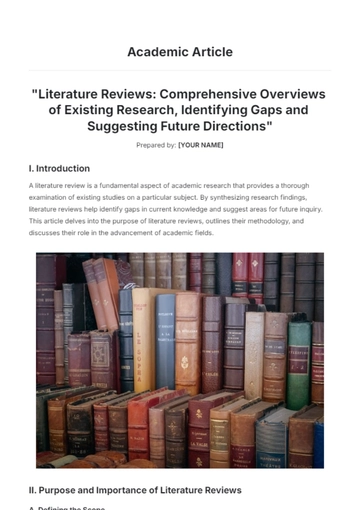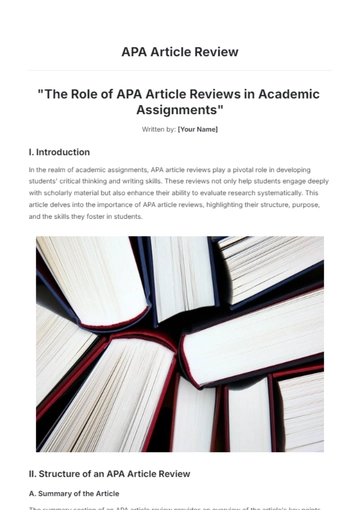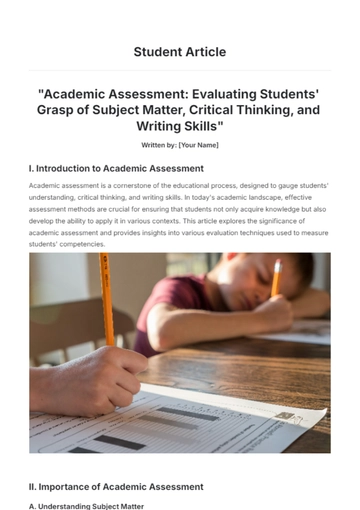Free Editorial Journal Article

Abstract
The increasing demand for sustainable energy solutions has placed renewable energy at the forefront of global energy discussions. This editorial explores the current state of renewable energy, its challenges, and the potential future developments that could drive a sustainable energy transition. The article highlights the importance of technological innovation, policy support, and global collaboration in achieving a carbon-neutral future.
Introduction
In recent years, the conversation surrounding energy has shifted dramatically. Fossil fuels, once the cornerstone of global energy production, are now seen as a significant contributor to climate change and environmental degradation. As a result, the search for alternative, cleaner sources of energy has intensified. Renewable energy sources, such as solar, wind, and hydropower, have emerged as viable solutions to reduce carbon emissions and combat global warming.
Main Body
1. The Current State of Renewable Energy
Renewable energy has seen significant growth in recent years, with solar and wind power leading the charge. Global investments in renewable energy surpassed $300 billion in 2023, reflecting the increasing demand for sustainable energy solutions. Many countries, including Germany, China, and the United States, have committed to reducing their reliance on fossil fuels by increasing their renewable energy capacity.
2. Technological Innovation: Key to the Energy Transition
Technological advancements are critical in overcoming the barriers that renewable energy faces. One of the most significant challenges is energy storage. Renewable sources like solar and wind are intermittent, meaning they don’t provide a constant supply of energy. Innovations in battery storage technology, such as the development of large-scale lithium-ion and flow batteries, could provide solutions to this issue by storing excess energy during peak production times.
3. Policy Support and Global Collaboration
The role of government policy cannot be overstated in the push for renewable energy. Financial incentives, such as subsidies and tax credits, have proven effective in encouraging both companies and consumers to adopt renewable technologies. The success of Germany’s Energiewende (energy transition) program, which has significantly increased the country’s renewable energy capacity, is a testament to the power of policy-driven initiatives.
4. Challenges to Overcome
While the potential for renewable energy is vast, significant obstacles remain. One of the most pressing is the high upfront cost of renewable energy infrastructure. Although costs have decreased over the past decade, installing solar panels, wind turbines, and other renewable technologies requires substantial investment.
Conclusion
The future of renewable energy is promising, but it is not without its challenges. Technological innovation, supportive policies, and global cooperation will be crucial in overcoming these barriers and driving the transition to a sustainable energy future. As countries continue to grapple with the effects of climate change, the urgency of adopting renewable energy becomes ever more apparent. The next few decades will be pivotal in determining whether we can achieve a carbon-neutral future and safeguard the planet for future generations.
References
International Renewable Energy Agency (2053). Global Renewables Outlook.
Smith, J. (2052). The Economics of Renewable Energy. Journal of Energy Studies, 45(3), 245-259.
United Nations Climate Change. (2053). The Paris Agreement.
- 100% Customizable, free editor
- Access 1 Million+ Templates, photo’s & graphics
- Download or share as a template
- Click and replace photos, graphics, text, backgrounds
- Resize, crop, AI write & more
- Access advanced editor
Elevate your writing with the Editorial Journal Article Template offered by Template.net. This fully customizable, downloadable, and printable template is designed to help you create professional-quality articles with ease. Editable in our AI Editor Tool, it ensures flexibility and precision in your work. Perfect for writers, researchers, and editors looking for an efficient, user-friendly solution.





























